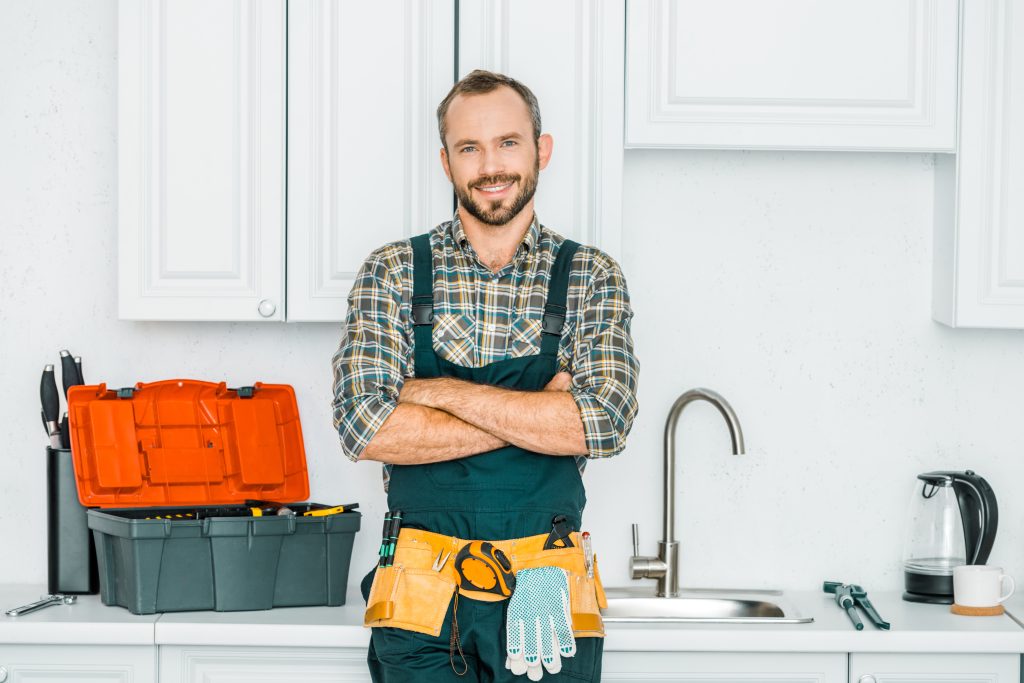Safety Standards to Follow in Bathroom Installation
Safety Standards to Follow in Bathroom Installation
Summary
Bathroom safety: electricity
Bathroom safety: floors and walls
Bathroom safety: accessories
Bathroom safety: water temperature
A bathroom is a place dedicated to relaxation and well-being. To keep it that way, you must respect safety rules for electricity such as humidity, water temperature, or storage. Let’s take a closer look below.
Safety in the bathroom: electricity
Water and electricity do not mix well. Electrical safety rules are therefore stringent in bathrooms.
The (NEC) – NFPA standard defines 4 electrical safety volumes.
Volume 0 corresponds to the shower or bathtub itself. Except for those directly integrated into some shower cubicles, no electrical appliance is allowed.
Volume 1 corresponds in width to the dimensions of the shower or bathtub up to 2.25 m high. Only waterproof (IPX4) lighting fixtures and extra-low voltage switches (12 V) are allowed.
Volume 2 adds 0.6 m to the width of volume 1 for the same height. All electrical appliances must be class 2 (i.e., double insulated and not grounded) and splash-proof (IPX4). Shaver sockets, equipped with an isolating transformer and a power rating between 20 VA and 50 VA per the (NEC) – NFPA standard, can also be installed here.
Volume 3 corresponds to the rest of the bathroom. Class 1 appliances and equipment (i.e., class 2 equipped with a very low voltage transformer), protected against vertical drops of water (IPX1), are allowed.
Safety in the bathroom: floors and walls

A certain number of measures must be taken to make your bathroom completely safe for the floor and walls.
To prevent the risk of slipping, which is important in this humid room, lay out a bath mat in front of the bathtub and the shower. At the bottom of these two bathrooms, also provide a non-slip mat with suction cups.
The elderly or people with reduced mobility prefer walk-in showers, such as the Italian shower. A wall-mounted grab bar in the shower or along the wall next to the bathtub will limit the risk of accidents.
Safety in the bathroom: accessories
To guarantee electrical safety in the bathroom, invest in socket covers that will prevent them from slipping their fingers into the socket if you have children.
Beware sharp corners on furniture and bathroom fixtures, especially if you have children. Protect them with protective corners.
Carefully store all dangerous and sharp products (cleaning products, medicines, scissors, etc.) in a cupboard provided for this purpose and carefully locked.
If older adults or people with reduced mobility use the bathtub and shower, install a bath seat specifically for this purpose.
Tip: Don’t leave any electrical appliances plugged in (razor, hairdryer, etc.). Choose a radiator or towel warmer specially adapted to the bathroom.
Safety in the bathroom: the water temperature
Also, pay attention to the water temperature coming out of the taps. To limit the risk of burns:
set the temperature of your water heater so that it does not exceed 60°C and that the temperature of the water supplied does not exceed 50°C;
Choose a thermostatic faucet that guarantees water at the exact temperature.
Whether it’s electrical equipment, safety accessories, or thermostatic valves, they are all available in supermarkets, DIY stores, and specialist shops.
READ MORE:
- Pipes and Wrenches | Installing a Shower Tray;
- How to Choose the Proper Bathroom Faucets;
- 6 Easy Steps to Descale a Faucet Aerator;
- How to Repair the Joints of a Leaking Faucet;
- 5 Steps to Install a Flexible Tank;
- Gutter for Rainwater Harvesting;
- How to Descale a Water Heater;
- How to Choose the Proper Bathroom Faucets;
- Pipes and Wrenches | Unclogging a Drain;
- Plumbing: Importance of Laying Drains With the Correct Dimensions;
- 5 Steps to Dress a Bathtub.




[…] Having a job is of paramount importance these days. Indeed, there are many jobs in the world. The fact…
[…] Personally, I need a hot shower whether we are in winter or summer because I don’t feel clean otherwise,…
[…] Sound off in the comments section below, and tell us what you want to read next and if you…
[…] unfortunately, when it concerns a major plumbing issue, a botched job might end up causing a lot of harm…
[…] overestimate your talents, either. Sure, some simple jobs (like prevention!) can be done by a handy homeowner. But don’t…